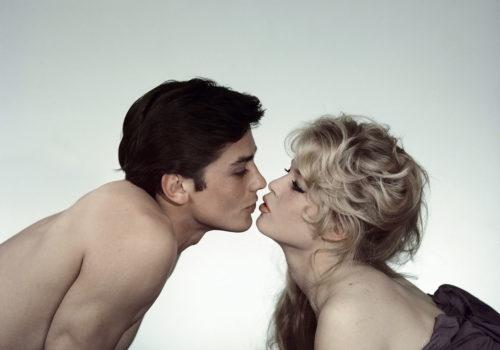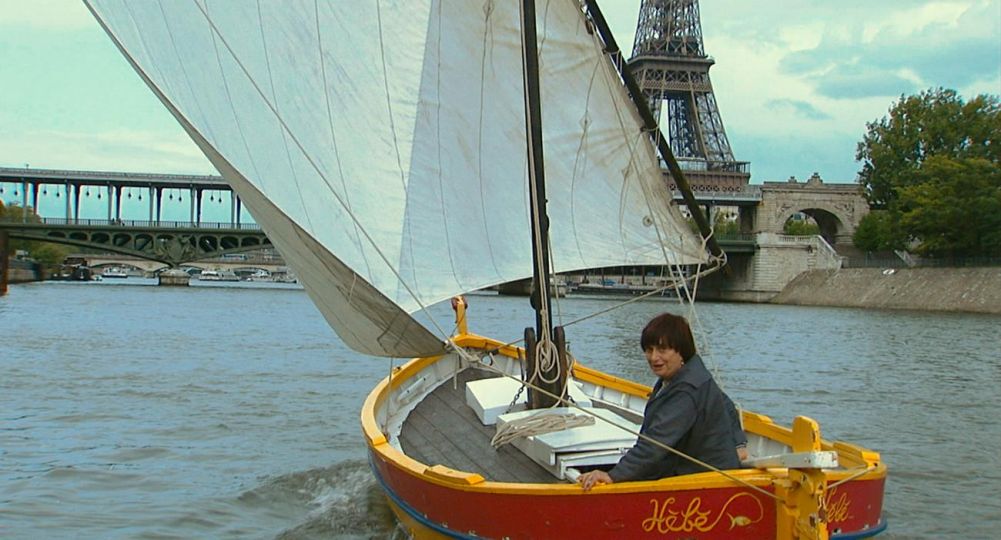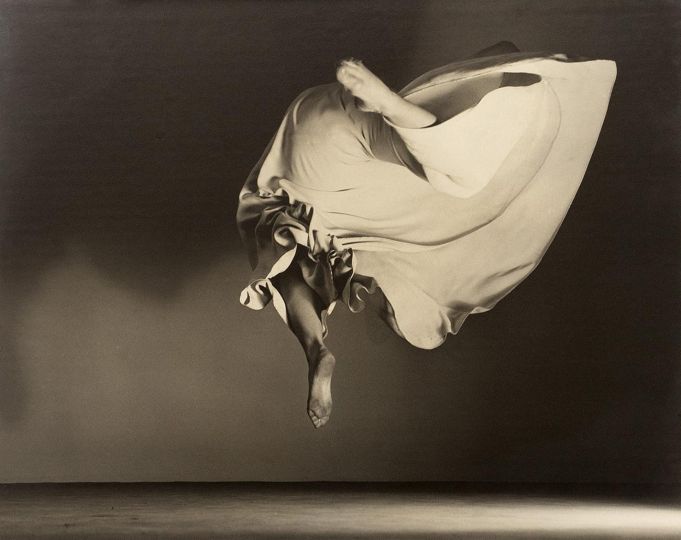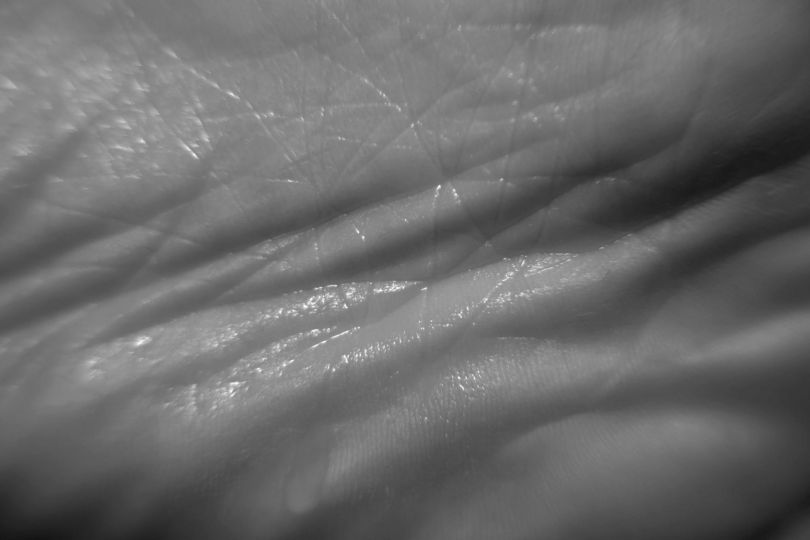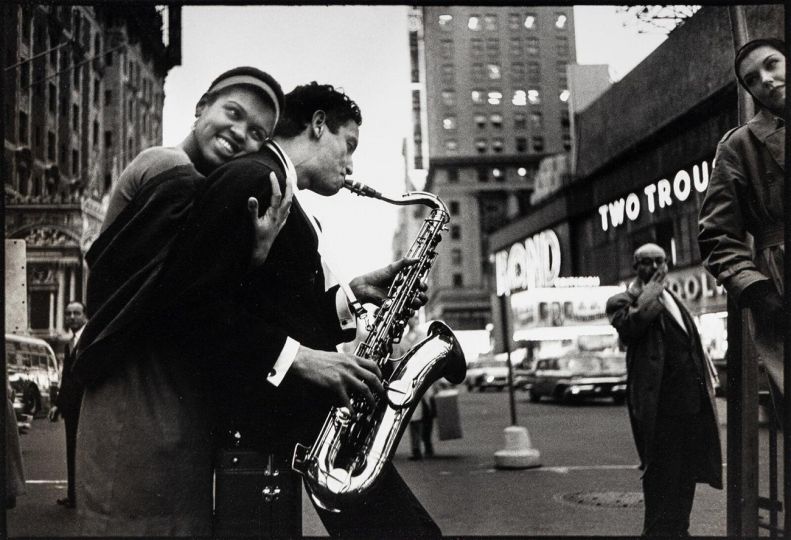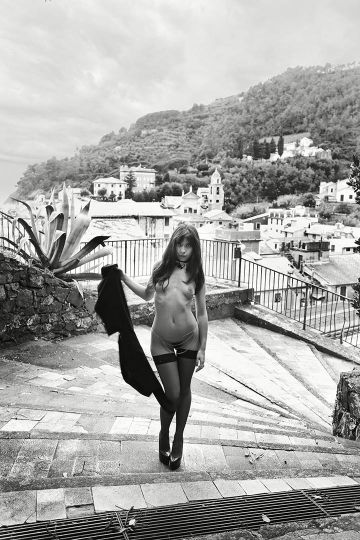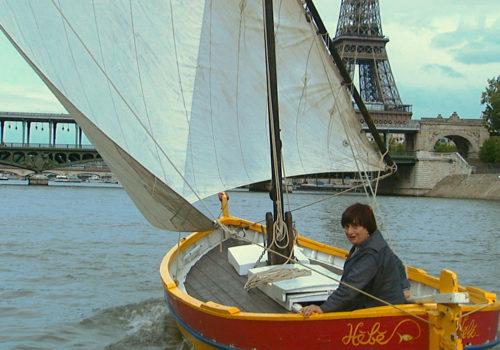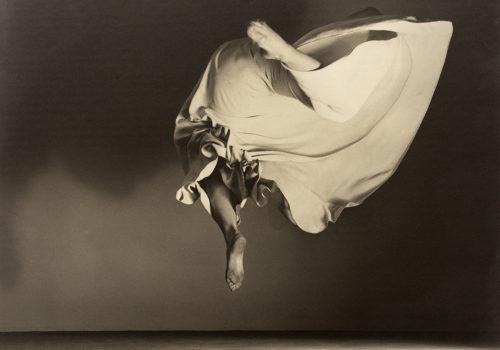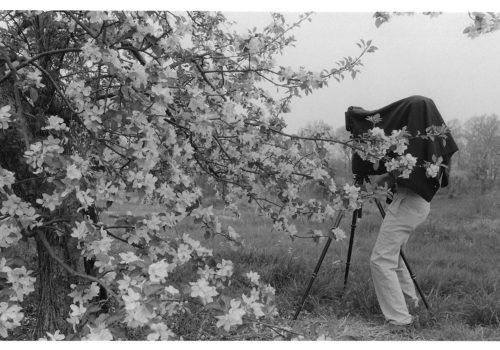The retrospective exhibition at the Maison in Nevers brings together 142 photos. The archives of the MAP have been revisited in order to update the view of the history of the workshop. It focuses on behind the scenes of photography, the side effects of staging, the artifices, and the technical arsenal necessary for the realization of these images that have become iconic.
There is the man, with his singular journey and his surname who made the reputation of the portrait studio, but there is also the talented colleague, soon-to-be partner. To speak of the Lévin Studio is above all to tell of a duo, to describe a “four-handed photograph” so difficult is it to distinguish the work of Sam Lévin from that of Lucienne Chevert, in a production of more than 250,000 shots. achieved during almost fifty years of an almost common career. The history of the Lévin studio is made up of periods, breaks with the past and changes in style. All is renewal and evolution in the undertakings jointly carried out by the two photographers from 1934 to 1983. A longevity which is explained by an aptitude for change and an incredible ability to navigate the changing waters of a changing society. : the “Lévin way” reflects fashions and mores, embodies the tastes and imaginations of periods as different as the interwar period and the sixties.
The Lévin adventure began in 1934 in Paris in an apartment on rue Saint-Georges. It is in his home where the living room had been transformed into a shooting studio that Sam Lévin received his models, whom he first met on film sets. Very quickly, he was joined by Lucienne Chevert. In 1937, the Studio Lévin moved to rue du Faubourg-Saint-Honoré. While Sam Lévin, on file with the National Security as a foreigner and a Jew, took refuge in the southern zone, in 1942, in order to avoid the spoliation of the Parisian business, Lucienne Chevert took over the studio in rue du Faubourg-Saint -Honored in her name. Until the end of the war, she was to sign the set photographs of a dozen films such as Sortilèges by Christian-Jaque or L’homme de Londres by Decoin.
The Studio Lévin portrait of the late 1930s is above all based on a technique, a sophisticated lighting scheme from the film sets where Sam Lévin and Lucienne Chevert began and then regularly operated. The aesthetics of their photographs then presented many similarities with the films of the time: a subtle harmony of shadows and light; faces enhanced by soft shades of black and white; bodies modeled using diffuse atmospheres, luminous touches, dark or radiant backgrounds. From the outset, the studio was characterized by its clientele almost exclusively made up of well-known or soon-to-be known characters: few anonymous people, a few models, but above all actors and actresses. Soon there was a whole generation of singers who appeared in front of the lens of the famous studio. Because the circle that surrounded Sam Lévin and Lucienne Chevert was above all that of the show business: cinema and its stars then song and its stars who, in the 1960s, would also be propelled to the rank of the most prominent personalities.
At the Liberation, the workshop grew, adding a photo library and a laboratory to the studio. A lounge was set up to welcome actors, singers and models who came to entrust their image to what became one of the most famous studios in the capital. In 1948, the studio signed a contract with Unifrance and became their main supplier of images. Unifrance-Film aimed to promote French cinema abroad, both films and professionals, actors or directors. For twenty years, all those who mattered paraded under the lights of 3 rue du Faubourg-Saint-Honoré. Sam Lévin also worked closely with Barclay Records, providing photographs to illustrate the record covers. Joining forces with financiers, he opened a gigantic studio in Boulogne-Billancourt in 1967, the International Photography Studios. Sam Lévin and Lucienne Chevert were recognized for their talent very early on, but this did not mean that they were making art. The image to be produced was first and foremost a market affair and their know-how necessarily adapted to a command and to its uses. There was still photography, fashion photography, advertising photography and above all, there is portraiture.
It is through the eyes and inventions of these two photographers that we still look today at the faces of Martine Carol, Gina Lollobrigida, Claude François and in particular that of Brigitte Bardot whom Sam Lévin followed throughout her career. . It is in their studio that the image of the celebrity was shaped and that the portrait was developed in a fictional universe bathed in artificial lights that illustrated the pages of magazines or were sold in the form of postcards and posters. The portrait was a promotional article, it played the intermediary between the illustrious figure and his audience, between the idol and his groupies.
Matthieu Rivallin, curator of the 2022 exhibition
Studio Lévin – Lucienne Chevert et Sam Lévin, histoire d’un atelier
From March 18 to May 11, 2022
La Maison/Nevers
Stage under agreement of national interest Art en Territoire
2 bd Pierre de Coubertin, Nevers (58).
https://maisonculture.fr/

